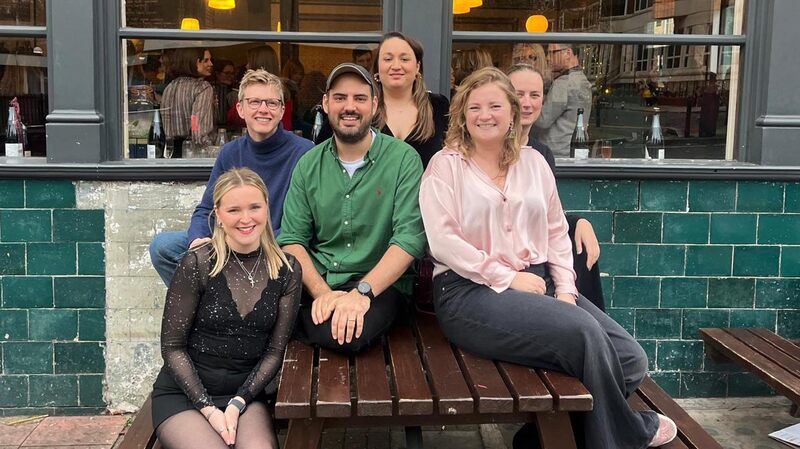You are viewing your 1 free article this month. Login to read more articles.
The personalised reading revolution
2016 was predicted to be the year of personalisation and personalisation is exactly what we are seeing in a number of products and services worldwide, including the book industry.
For adult literature, the focus is on personalised services (e.g. Goodreads) which support readers’ choice and sharing the delight (or dislike) of reading a particular title with other readers.
For children’s literature, personalisation options focus on products, which support children’s agency and ownership of books. For physical books, stories published by Lost My Name have a different plot based on the letters of the child’s first name. With digital books and apps, children can determine different story endings for their favourite story, they can add their pictures and audio-recordings. Both children and adults can choose to have their entire book library personalised: there are several e-book subscription services (for example Epic!) offering access to a personalised selection of e-books, based on the reader’s preferences and past reading history.
Personalisation was a hot discussion topic at this year’s London Book Fair. In a session with three UK publishers of children’s books - Mr Glue Stories, Nosy Crow and Lost My Name - the discussion centered around issues of innovation and children’s motivation to read books they are part of. All three publishers have come up with exciting and innovative options for putting the child in the driving seat. However, thus far, they are an exception.
Research shows that the most popular apps and digital books used by children worldwide are not local and personal. They are global and often not even in their native language. Prof Adriana Bus from Leiden university and colleagues reviewed the best-selling 50 paid and 50 free apps from iTunes and Google Play in three countries (Netherlands, Hungary, Turkey) and analysed them according to various criteria, including whether they are in local language. The results were shocking: in Hungary 90% of apps were not in the local language, in Turkey it was 76% and in the Netherlands 50%. Apps which included local language were more expensive and so were those which included spoken language recordings (and not just images which are language-free and thus easier to sell for an international audience).
Although several campaigns and initiatives have been launched to address the lack of diversity in children’s books and in children’s apps, the top charts of children’s popular books and titles reflect the globalising trend visible in so many other areas of social and consumer life. There is a glut of so-called personalised books and apps, which merely offer children the possibility to insert their selfie into a book. To avoid a cheap manufacture model of personalisation, publishers need to get more effective in personalising the diverse forms and formats , reasons and motivations characterising reading in the 21st century.
Reading is no longer happening just on the cognitive level. Reading has gone more embodied and multisensory. In addition to personalised engagement, digital books and e-reading bring to the fore affective, shared, sustained, creative and interactive engagement. These facets create exciting new possibilities for engaging readers and non-readers, particularly in terms of interactivity.
Publishers and big players know this well: Google has recently patented media enhanced pop-up books and an "Interactive Book" with motion and pressure sensors embedded within its pages. Amazon, the beacon of personalised recommender systems, is in the process of adding more physical bookstores to its online store. This allows the company to personalise the entire user experience, including physical engagement with books.
In this emerging personalised reading revolution, there are still many open questions regarding data ownership, storage and control. Crucially, the extent to which readers’ data empower publishers to offer children books they really want, and need to, read cannot be underestimated. For both small and big publishers, embedding personalisation in an integrated, ethical and effective way is still to be invented.
Natalia Kucirkova is senior lecturer in Early Years and Childhood Studies at Manchester Metropolitan University.















